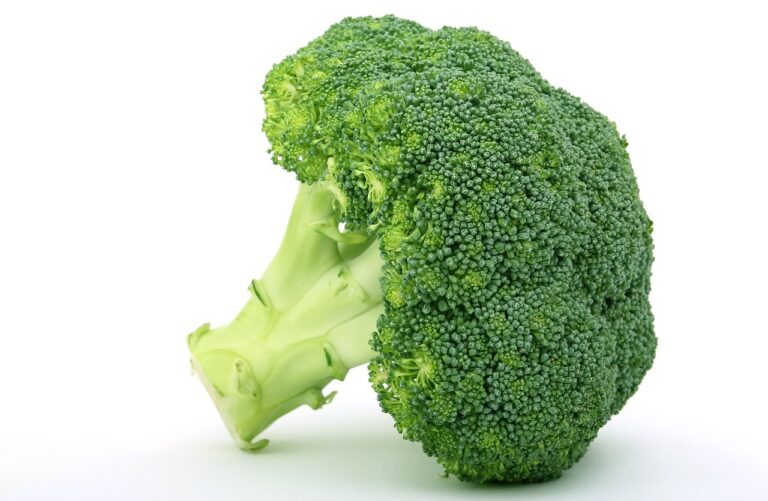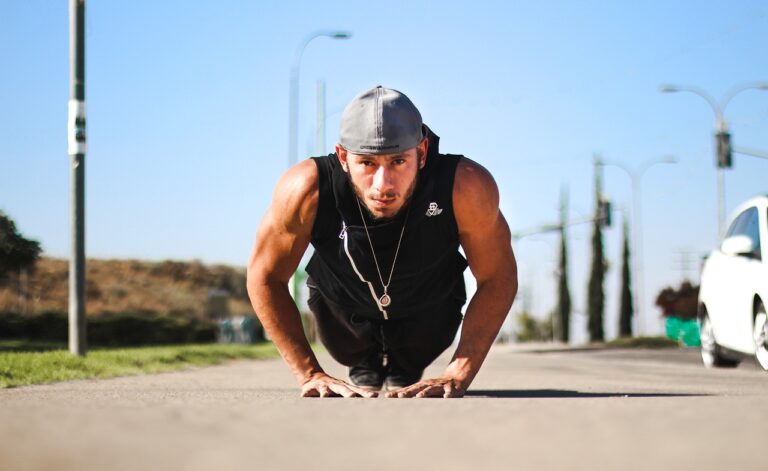The Science of Aging: Strategies for Healthy Aging
As we age, our skin tends to lose its elasticity and firmness, leading to the development of wrinkles and fine lines. Additionally, age spots and uneven skin tone can also become more noticeable over time. These visible changes in our skin are often one of the first signs of aging that we may notice.
Another common sign of aging is the loss of muscle mass and strength, which can result in decreased mobility and balance. As we grow older, our bones may also become weaker, increasing the risk of fractures and osteoporosis. Additionally, changes in posture and joint stiffness may become more prevalent as we age, further impacting our overall physical health and well-being.
– Changes in skin elasticity and firmness
– Development of wrinkles and fine lines
– Age spots and uneven skin tone becoming more noticeable
– Loss of muscle mass and strength leading to decreased mobility
– Weak bones increasing risk of fractures and osteoporosis
– Changes in posture and joint stiffness impacting physical health
Factors that Influence Aging
As we age, various factors come into play that influence the overall process. Genetics play a significant role in determining how quickly our bodies age and how we may experience age-related issues. Our genetic makeup can predispose us to certain health conditions or impact the rate at which our cells deteriorate.
Lifestyle choices also play a crucial role in influencing the aging process. Factors such as diet, exercise, smoking, and alcohol consumption can all impact how our bodies age. A balanced diet rich in nutrients and antioxidants, regular physical activity, and avoiding harmful habits can help slow down the aging process and promote overall health and well-being.
Effects of Aging on the Body
As we age, our bodies undergo various changes that can impact our overall health and well-being. One common effect of aging is a decrease in muscle mass and strength, known as sarcopenia. This loss of muscle mass can lead to increased frailty and a higher risk of falls and fractures in older adults. Additionally, as we age, our bones may become more brittle and prone to osteoporosis, a condition characterized by low bone density and an increased susceptibility to fractures.
Another significant effect of aging on the body is a decline in cognitive function. Memory loss, decreased processing speed, and difficulty with problem-solving are common cognitive changes that can occur with age. These cognitive changes can impact daily functioning and independence, making it important to engage in activities that support brain health as we grow older.
What are some common signs of aging?
Common signs of aging include wrinkles, gray hair, reduced muscle mass, decreased bone density, and decreased cognitive function.
What factors influence the aging process?
Factors such as genetics, lifestyle choices (diet, exercise, smoking, etc.), environmental factors (sun exposure, pollution), and stress can influence the aging process.
How does aging affect the body?
Aging can lead to a variety of effects on the body including decreased mobility, reduced muscle strength, decreased flexibility, decreased sensory perception, decreased organ function, and increased risk of chronic diseases.







